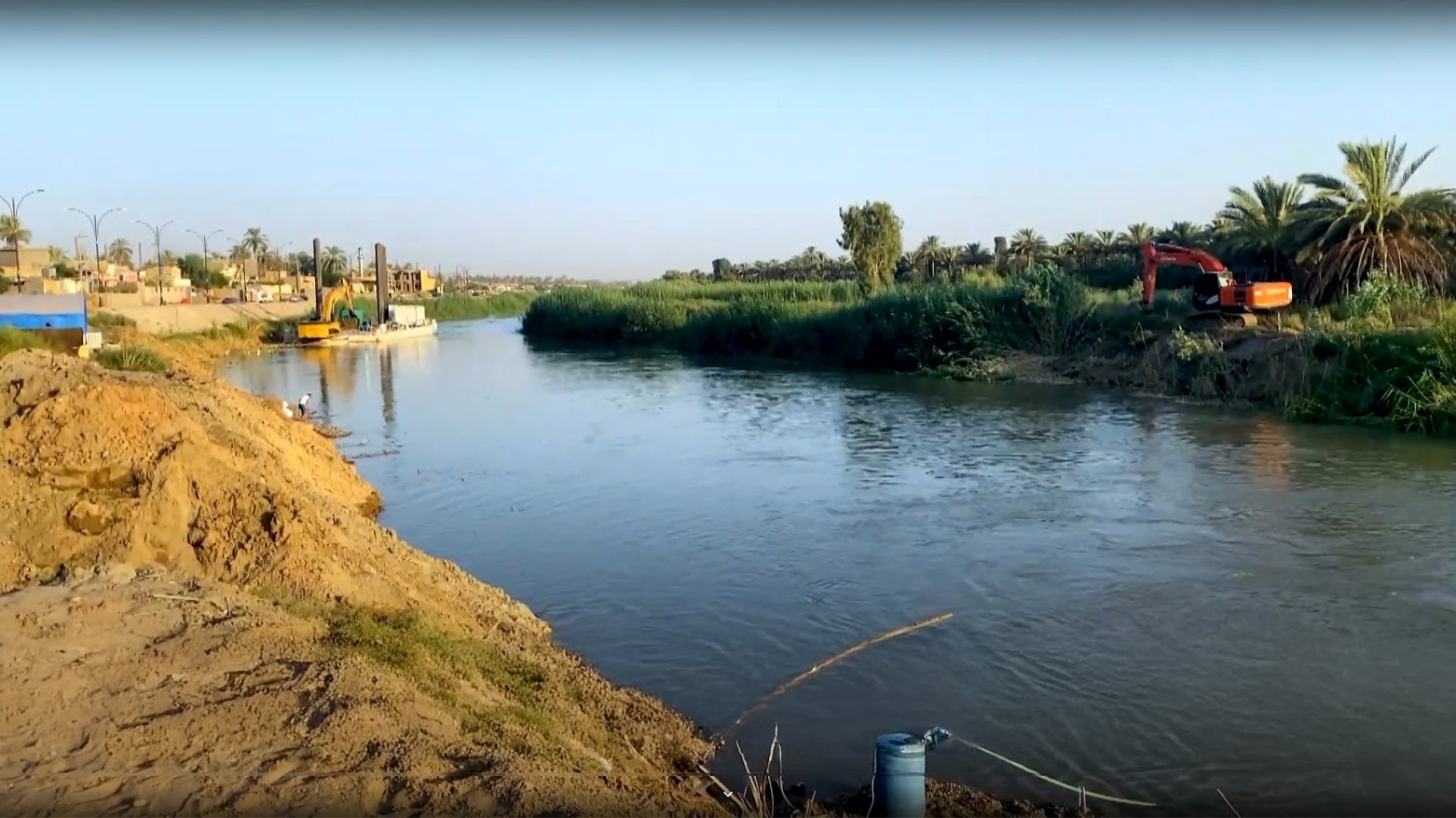Iraq's Deadly Summers: Neglect and Heat Drive Drowning Crisis
A deadly mix of extreme heat, power cuts, and official neglect is causing daily drownings in Iraq. Lacking safe pools, citizens turn to dangerous, polluted rivers, facing death and disease while calling for basic safety measures and infrastructure.

ERBIL (Kurdistan 24) – A deadly combination of scorching summer temperatures, chronic electricity shortages, and profound government neglect is fueling a daily crisis of drownings across Iraq, as citizens with no safe alternatives are forced to seek relief in dangerous and often polluted rivers and irrigation channels.
In provinces like Salahaddin, the lack of protective barriers, warning signs, and rescue teams at waterways has turned them into death traps. This long-standing issue is amplified during Iraq’s brutal summers, where temperatures frequently soar above 50 degrees Celsius (122 degrees Fahrenheit), and a dilapidated power grid leaves millions without electricity for cooling. With no public or private swimming pools available in many areas, rivers become the only option for cooling off, leading to tragic and preventable deaths.
The human cost of this neglect is starkly visible in Salahaddin province. A local citizen, standing near a notoriously dangerous spot, recounted a series of tragedies to Kurdistan24.
"Many incidents have happened here. Five members of one family drowned here inside their car. Later, a 16-year-old drowned in the same spot," he said. "If there had been a fence, this would not have happened. My brother's car also overturned here. This place has been left to fate."
Residents' pleas for basic safety infrastructure have gone unanswered. Another citizen pointed to the urgent need for simple solutions to protect lives, especially those of children.
"We call on the government to build a small bridge here to protect our children. This is the simplest request," he urged. "When this place isn't safe for a car, how can our children cross here? We also ask them to pave the street for us to reduce congestion on this road. Our request is only for that bridge and a ten-meter street, nothing more."
The direct link between the failure of state services and these fatal incidents is not lost on the population.
"Due to the high temperatures that reach half the boiling point, we go to the Ishaqi River," another resident explained. "Even the children and adults of this area go to that river to cool off, and that's because of the lack of electricity. This ultimately leads to the drowning of many children who go to the river for this purpose but do not know how to swim well."
The sense of abandonment is palpable, with many feeling their communities have been forgotten by officials.
"There are no swimming pools, neither public nor private. Where are we to go? Who can we appeal to?" asked another citizen in frustration. "The Governor of Salahaddin and the officials of this province have done nothing for us. Why? Does this mean our area is so devastated?"
Beyond the immediate danger of drowning, a secondary health crisis looms. In many areas, the stagnant waters have become toxic, heavily polluted with untreated factory waste and raw sewage. This transforms these desperate swimming spots into breeding grounds for disease, posing a major threat to anyone who enters them.
